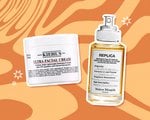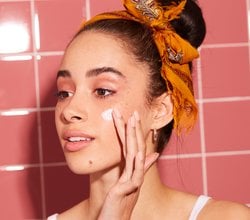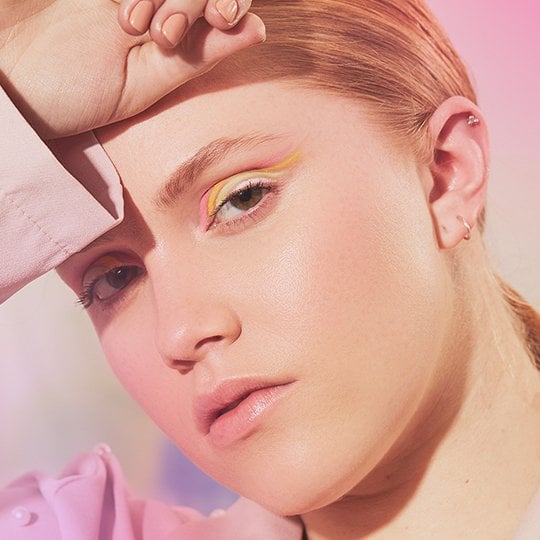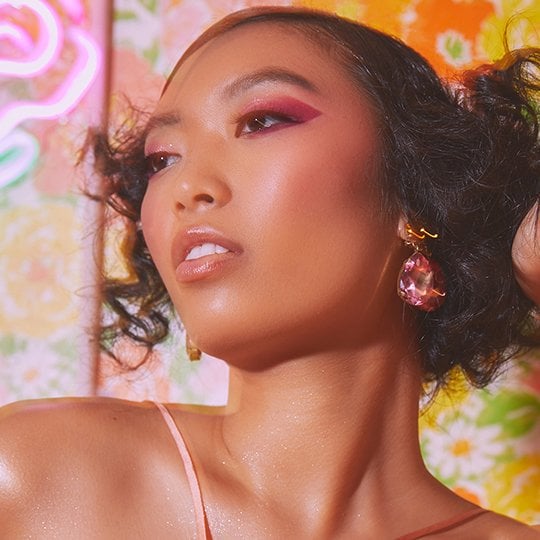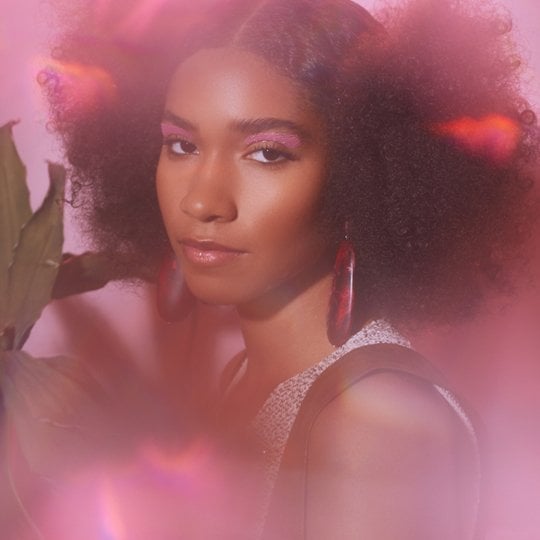24 Fancy Perfume Terms Every Fragrance Lover Should Know
August 13, 2018
Fragrance: It’s the one beauty product that makes us feel lowkey fancier than we ever will be. Perfumes give us personas, and they’re also the only product in our beauty stash that feels luxurious just based on the way we speak about it — even if we sometimes get our Eau de Toilettes mixed up with our Eau de Parfums.
To get to the bottom of fragrance’s lavish lingo, we tapped into our friends at The Perfume Society to help us define 24 perfume terms we’ve always wanted to know, and put together the ultimate perfume glossary for you to have on hand next time someone asks about your favorite chypre. Here’s what the experts had to divulge.
Parts of a Fragrance
Accord: Combinations of single notes that are used to produce other fragrant effects for a perfumer. An accord might be two ingredients; it could run into several hundred.
Top Notes: The very first notes you smell in a fragrance, which might last just a few minutes – often citrus notes like bergamot, neroli, mandarin or lemon.
Base Notes:The deepest and most tenacious notes in a fragrance, which tend to last longest on the skin – such as patchouli, vetiver, vanilla, sandalwood and cedarwood.
Middle Notes: As top notes dissipate, the middle or “heart” of a fragrance makes itself known. Floral notes usually sit in the middle of a fragrance, as do fruity elements. They’ll last for a couple of hours on the skin, rarely longer.
Aromatic: This tends to mean smelling herbal or “green” (such as lavender, thyme, rosemary etc.) – but “AN aromatic” is another word for an ingredient.
Compound: Another name for a fragrance, flavour, aroma or chemical compound – basically, a technical word for a scented ingredient.
Blend: A blend is a mixture of scented ingredients.
Body: The heart or middle of a fragrance (see above), which is the main part.
A post shared by The Perfume Society (@theperfumesociety) on
Types of Fragrance, How It’s Made and Who Makes It
Cologne: The lightest concentration of perfume, taking its name from Eau de Cologne (which has been around since around the early 18th Century). A Cologne has just 2-4% of perfume oils and will last on the skin for up to two hours.
Diffusion: How a perfume travels from the body into the air around the wearer – diffusion is why you can smell someone’s perfume when they walk by.
Distillation: Distillation is a form of extracting a scented ingredient from plant material, mostly through the use of steam; the fragrant plant oils travel to the surface and can be drawn off.
Eau de Toilette: This fragrance has between 10-15% aromatic ingredients in a base of water or alcohol. It will last up to three to four hours on the skin.
Eau de Parfum: A 15-20% concentration of aromatic ingredients in a fragrance, with a life on the skin of around four to five hours.
Noses: A slang word for perfumers — and they don’t necessarily like it! There are fewer noses in the world than astronauts, though – somewhere around 400.
Undertones: Not widely used. But according to bellairecreations.com, these are “subtle characteristics of the fragrance background creating pleasant nuances that are an important part of the fragrance character.”
A post shared by The Perfume Society (@theperfumesociety) on
Perfume Notes + Smells
Balsams: These are resins that are rich in oil and tend to smell soft and sometimes faintly sweet. Examples are Peru balsam, benzoin and tolu balsam. They’re base notes, too.
Citrus: Can refer to a scent that is predominantly citrusy or to individual ingredients from the citrus family, including grapefruit, lime, lemon, tangerine, orange and petitgrain.
Floral: Can refer to a fragrance that gives a particularly flowery impression or to a single floral ingredient like rose, jasmine, iris or ylang ylang. (NB Rose and jasmine are present in most fragrances.) This is the biggest family of fragrances.
Musk: Once upon a time this was an ingredient taken from the musk deer glands; that’s since been outlawed, and modern synthetic musks can either smell clean or offer a downy sensuality to perfume.
Woody: A fragrance family that evokes the scent of fresh-cut or dry woods and may feature ingredients like vetiver, sandalwood, cedarwood or oudh.
Gourmand: A relatively new (25 years) family of fragrances that takes its inspiration from the food world and makes stars of ingredients like chocolate, praline, caramel and vanilla.
Chypre: A classic fragrance family of great sophistication, which tends to include bergamot and oakmoss somewhere in the blend. There are men’s and women’s Chypre scents.
Fruity: Fruit notes tend mostly to be blended with florals rather than be the star of the show, but may include plum, blackberry, peach, apple, cherry or strawberry.
Leather: A family of fragrances that tends to have a smokiness that evokes traditional leather goods. (Mostly the leathery scent comes from ingredients like birch.)







.jpg?cx=0.5&cy=0.5&cw=150&ch=120&blr=False&hash=7EFF884A993DEA3F5478073D512F8CFC)










